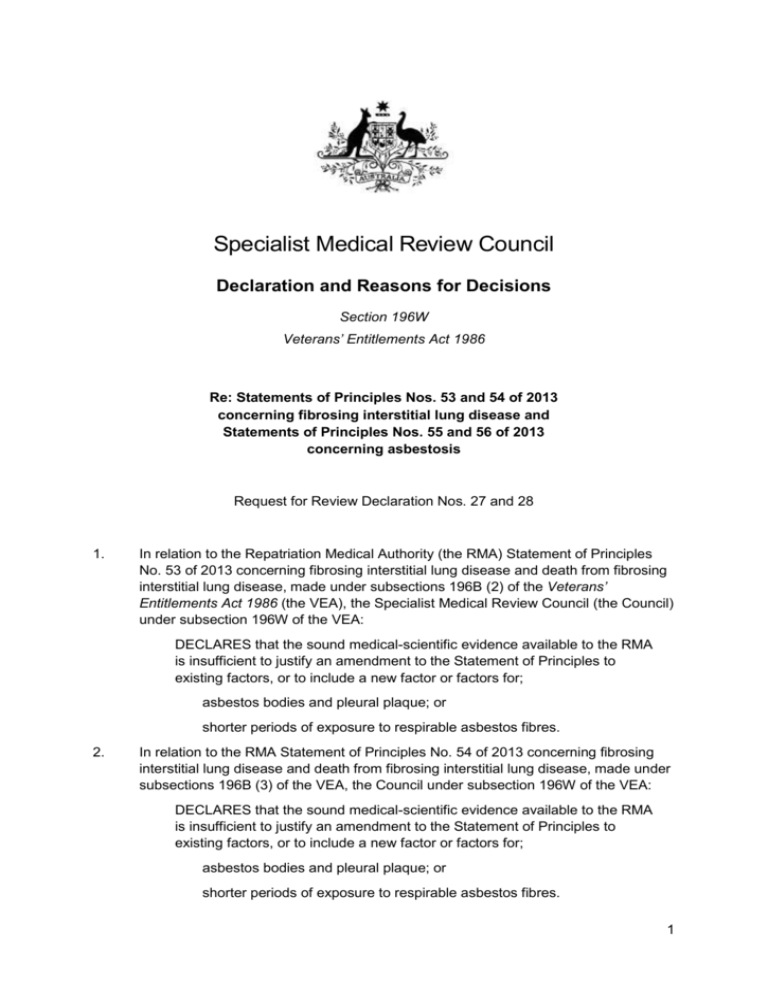
Mobile phones are indispensable for many young adults, but such devices may negatively affect their mental health and can even cause serious physiological reactions ( 16). However, using them in socially inappropriate or physically dangerous in some situations (eg, texting while driving) ( 3) may lead to injury and death ( 6, 8- 11).Ĭlassrooms ( 12) and social environments are disrupted when smartphones are used at inappropriate times ( 6) and may lead to academic deficits ( 9, 13- 15).

Smartphones are not only used for talking ( 6) they have such features as games, texting, internet use ( 3), social groups ( 6), safety, and security ( 7). According to Nielsen (2012), 47% of the world’s social media use is performed via mobile devices, he also found that 90% of American adults ( 3), over 80% of Australians, 62% of Asians, and more than 80% in some Asian countries, including Korea, China, and Japan, have mobile phones ( 5). Moreover, a growing range of stimulating applications may trigger the risk of addiction.Ĭonstant internet access ( 1) has become highly pervasive in recent years ( 2- 4). In addition, those students with smartphone addiction should be provided with different preventative strategies. However, other disorders and demographic characteristics did not have any significant effects on the equation.Ĭonclusion: The results can help better understand the relationship between psychological syndromes and smartphone addiction and can also facilitate further studies in this field. Results: In terms of controlling the demographic variables, the results revealed that bipolar disorder, depression, anxiety, somatization, dependent personality disorder, and compulsive personality disorder could increase the possibility of mobile phone addiction by 4.2, 4.2, 1.2, 2.8, 3.1, and 3.2 folds, respectively (P < 0.05). Data were analyzed using multiple logistic regression method via SPSS-22 software. The participants filled out a set of questionnaires: Cell Phone Dependency Questionnaire (CPDQ), Millon Multiaxial Clinical Inventory, and participated in interviews. Method : In this cross-sectional study, a sample of 1400 university students (445 males and 955 females) aged 18-35 years were selected from 3 cities of Tehran, Isfahan and Karaj.

This study aimed to examine the relationship between mobile phone dependency and mental disorders in students in Iran, while controlling for the impact of gender, age, educational levels, and marital status. Objective: Despite the awareness of smartphone addiction, low findings and lack of validated standards have led to insufficient information in this area.


 0 kommentar(er)
0 kommentar(er)
